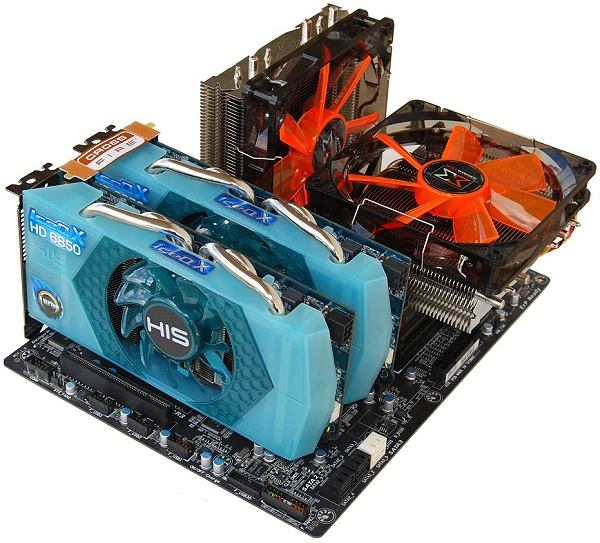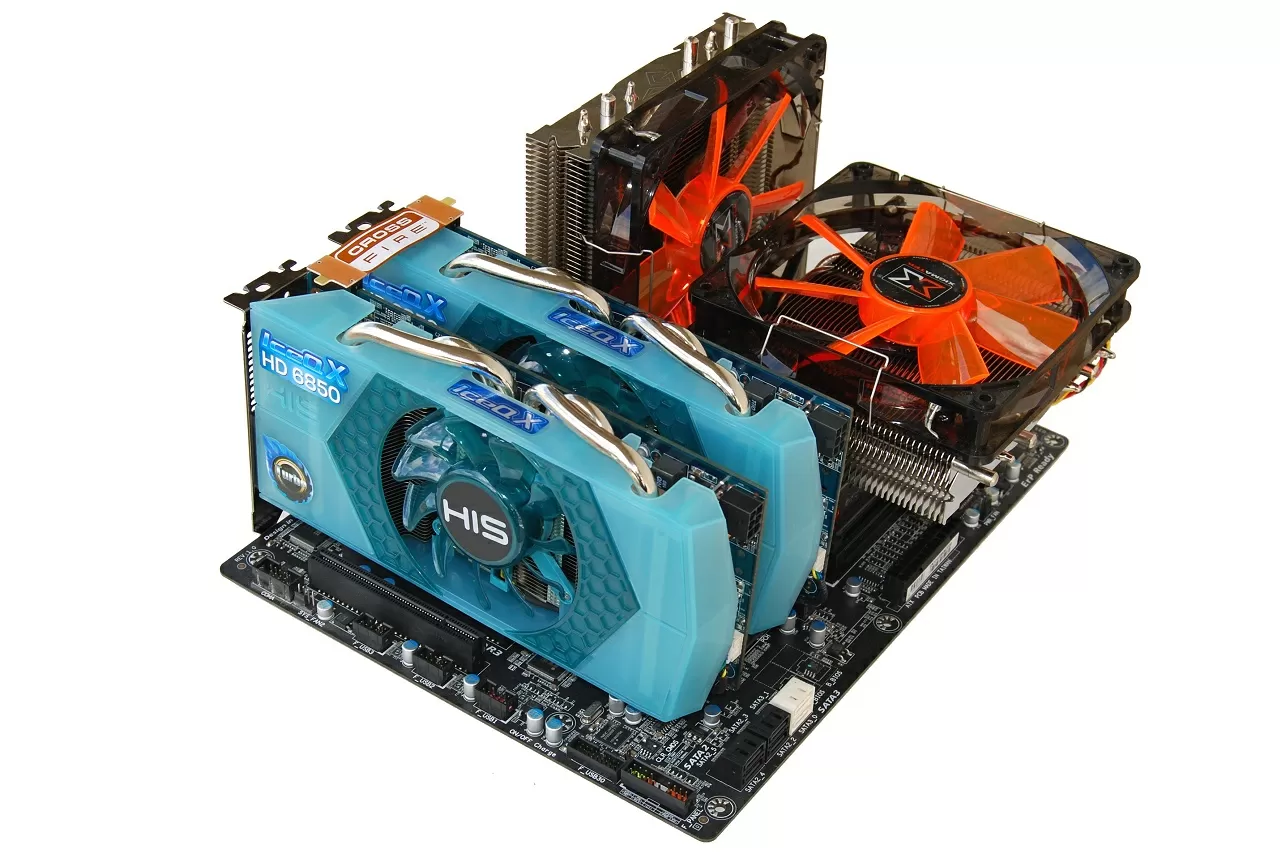Final Thoughts
The average Radeon HD 6870 board (900MHz) is currently selling for about $220 – in fact, HIS charges $205 for their stock Radeon HD 6870. Then there is the 6870 IceQ X Turbo for $220 (920MHz) and the 6870 IceQ X Turbo X for $250 (975MHz, our review unit).
A similar scenario is found when looking at the Radeon HD 6850 cards on offer. About $175 for a standard model (775MHz), while the HIS reference card is $165. Stepping things up, the Radeon HD 6850 IceQ X is $180 (775MHz) and the 6850 IceQ X Turbo (820MHz, our review unit) costs $190.
In strict mathematical sense, you can expect to pay 20% more for the 6870 IceQ X Turbo X over a standard reference card, while the 6850 IceQ X Turbo is fetching about 15% more. Unfortunately, both premiums are higher than the actual performance gains we've recorded during testing.
The Radeon HD 6870 IceQ X Turbo X was ~7% faster than a stock card and the 6850 IceQ X Turbo yielded only 4% more performance. However, the cards' upgraded cooler proved to be a valuable feature, allowing them to handle higher frequencies without increasing the operating volume. Considering the minor performance boost, we believe the custom cooler provides a greater value than the factory overclocking. The 6870 IceQ X Turbo or 6850 IceQ X are a couple bucks more than reference cards and should let you meet or exceed the same speeds as the top models.

HIS was keen on having us compare the 6870 IceQ X Turbo X to the GeForce GTX 560 Ti, but based on the 14 games we tested, both cards delivered the same performance overall. The GTX 560 Ti boards have also dropped a little in price and most are now $230.
We should also note that Radeon HD 6950 2GB cards are just $20 more expensive. That makes the 6870 IceQ X Turbo X roughly 7% cheaper, but also 7% slower. When you take into account that the Radeon HD 6950 wasn't overclocked and can be unlocked to meet the 6970's specs, that seems like a better deal.
Although the numbers are stacked against HIS' overclocked cards when comparing single-GPU configurations, they still impressed us when testing Crossfire performance. Both cards scaled incredibly well in almost all the games tested and gave the current dual-GPU flagships a run for their money.
The HIS Radeon HD 6870 IceQ X Turbo X Crossfire performed on average 4% slower than the GeForce GTX 590 and 10% slower than the Radeon HD 6990. But while the IceQ X Turbo X combo costs $500, the other two cards are fetching the $700 mark.
The 6870 Crossfire duo was on average 51% faster than the Radeon HD 6970 and 37% faster than the GeForce GTX 580 as well. Even compared to the Radeon HD 6970, which currently costs roughly $360, the 6870 IceQ X Turbo X Crossfire cards are 39% more expensive for a 51% performance increase.
The $205 6870 and $165 6850 reference cards would still provide a better value when Crossfired. The fact is, as much as we really like the design and performance of the IceQ X Turbo and IceQ X Turbo X, the premium is hard to justify over a pair of quality stock cards if performance is all you are concerned with.
